Graf Zeppelin LZ 127
Production Time 9 to 10 weeks
Shipment is by FedEx, UPS or DHL International Express Courier with a normal door-to-door delivery time worldwide of within 2-3 business days after dispatch. Due to the current volatility of world fuel prices, the amount mentioned here is our best estimate for DHL and UPS and may be subject to change at the time of shipping.

Model Description: Graf Zeppelin LZ 127 Wood Replica Scale Custom Model
Manufacturer: Luftschiffbau Zeppelin
Wingspan: 2.05 Inches (5.2 Centimeters)
Height: 2.26 Inches (5.7 Centimeters)
Scale: 1:582
$209.50
Production Time 9 to 10 weeks
-
United States dollar ($)
-
Pound sterling (£)
-
Euro (€)
-
Australian dollar ($)
-
Canadian dollar ($)
-
Singapore dollar ($)
-
Swiss franc (CHF)
-
Japanese yen (¥)
-
Danish krone (kr.)
-
Hong Kong dollar ($)
-
Norwegian krone (kr)
-
Swedish krona (kr)
-
United Arab Emirates dirham (د.إ)
General Product Description
Our PlaneArts Graf Zeppelin LZ 127 model exhibits unique, unrivaled quality and detailed design to come as close as possible to the accuracy of the actual airship. It comes as standard with a robust, durable base or stand which is available in a variety of different finishes designed to match your own personal requirements including solid wood, wood with polished metal supports or adjustable wood wall mount and will be ready within about 9-10 weeks from placement of order.
The Graf Zeppelin LZ 127 is made of the finest kiln dried renewable mahogany wood (commonly known as Lauan or Meranti) which has undergone many stages of carving and meticulous and careful sanding giving the beautiful, finished museum quality masterpiece. Many collectors and model connoisseurs demonstrate their preference for genuine handmade and hand painted mahogany wood models rather than plastic or die cast (diecast) alternatives due to the overall look and totally different feel of the item - we trust you will find the same. We can however, if required produce the same model in Solid Cast Resin so just click and contact us for further information. Our craftsmen and gifted artisans ensure that our finely handcrafted model airplanes match the precise blueprint details of the original aircraft. The paint scheme, markings and parts are closely matched, reflecting the original aircraft. This stylish top-quality desktop replica model will surely enthrall anyone who receives this as a gift and for sure one of the most appropriate and desirably collectable gifts for any aviation enthusiast and avid airship, blimp or dirigible collector whilst also displaying a perfect resemblance to the actual real life version.
If you require we can also make the Graf Zeppelin LZ 127 model in any other airline, private livery or colour scheme you require and if necessary in a different size or scale. Just click here to contact us with a description or photographs of what you require and we will let you have a quotation for the necessary customization by return email. We can also make bespoke scale replicas of any other private / civil commercial airliner or airliners, helicopter, glider, gliders with engines, military jet, warplane jets, propeller warplanes, biplane, triplane, tail fin, spacecraft, rocket or NASA model you require in any airline, military or civilian livery or colors. We also produce boat and ship collectibles. Wall plaque or seal for military, government or private customers. Again by clicking here to contact us just let us know exactly what you need.
The Graf Zeppelin LZ 127: A Titan of the Skies
The Graf Zeppelin LZ 127, named after the German pioneer of airships, Ferdinand von Zeppelin, stands as one of the most iconic dirigibles ever built. Launched on September 18, 1928, this airship became a symbol of the golden age of lighter-than-air travel, captivating the imaginations of people worldwide. Its design, capabilities, and achievements set numerous milestones in aviation history, making it a marvel of technological innovation of its time. This article explores the key features and historical significance of the Graf Zeppelin LZ 127.
Engineering Marvel:
The Graf Zeppelin LZ 127 was an impressive feat of engineering. It measured 236.6 meters in length and had a maximum diameter of 30.5 meters, making it one of the largest airships at the time. The frame was made from duralumin, a lightweight but strong aluminum alloy, which was both structurally efficient and durable. The airship was powered by five Maybach VL II, 12-cylinder, 550-horsepower engines, allowing it to reach speeds of up to 128 kilometers per hour.
Innovations in Design:
The LZ 127’s design incorporated several innovative features that enhanced its performance and safety. It was one of the first commercial airships to use the Zeppelin’s patented “ring girder” construction, which provided extra stability to the structure. The airship’s gas cells were made from goldbeater’s skin, which was both lighter and more impermeable than the rubberized fabric used in earlier models. This material choice significantly improved the lift efficiency and reduced hydrogen seepage, a critical factor for the airship’s long-range capabilities.
Global Expeditions and Achievements:
The Graf Zeppelin was renowned for its long-distance travel capabilities. It flew over 1 million miles, including a historic round-the-world trip in 1929, which it completed in just over 21 days. This journey not only demonstrated the airship’s reliability and efficiency but also marked it as a forerunner in global passenger air travel. Additionally, the Graf Zeppelin conducted numerous transatlantic flights, scientific explorations in the Arctic, and even served as a flying ambassador for Germany.
Cultural and Historical Impact:
The Graf Zeppelin LZ 127 was more than just an airship; it was a cultural phenomenon. During its operational years, it captured the public’s imagination and became a symbol of human ingenuity and the spirit of exploration. The airship’s visits to countries around the globe fostered international goodwill and highlighted the potential of air travel. Moreover, its image adorned countless posters, postcards, and stamps, and it was frequently covered in the media.
Legacy:
Despite the decline in the popularity of airships following the Hindenburg disaster in 1937, the Graf Zeppelin LZ 127’s legacy endures. It remains a testament to the ambitious spirit of its era and continues to be celebrated in various forms of media and as a subject of study by aviation enthusiasts and historians. The technological advancements and the daring exploits of the Graf Zeppelin helped lay the groundwork for modern aeronautics and remind us of the endless possibilities of human invention.
In conclusion, the Graf Zeppelin LZ 127 was not only a masterclass in airship design but also a beacon of progress that influenced generations. Its journeys across the skies remain a significant chapter in the annals of aviation history, symbolizing the zenith of airship travel.
| Weight | 6 kg |
|---|---|
| Dimensions | 16 × 2.05 × 2.26 in |

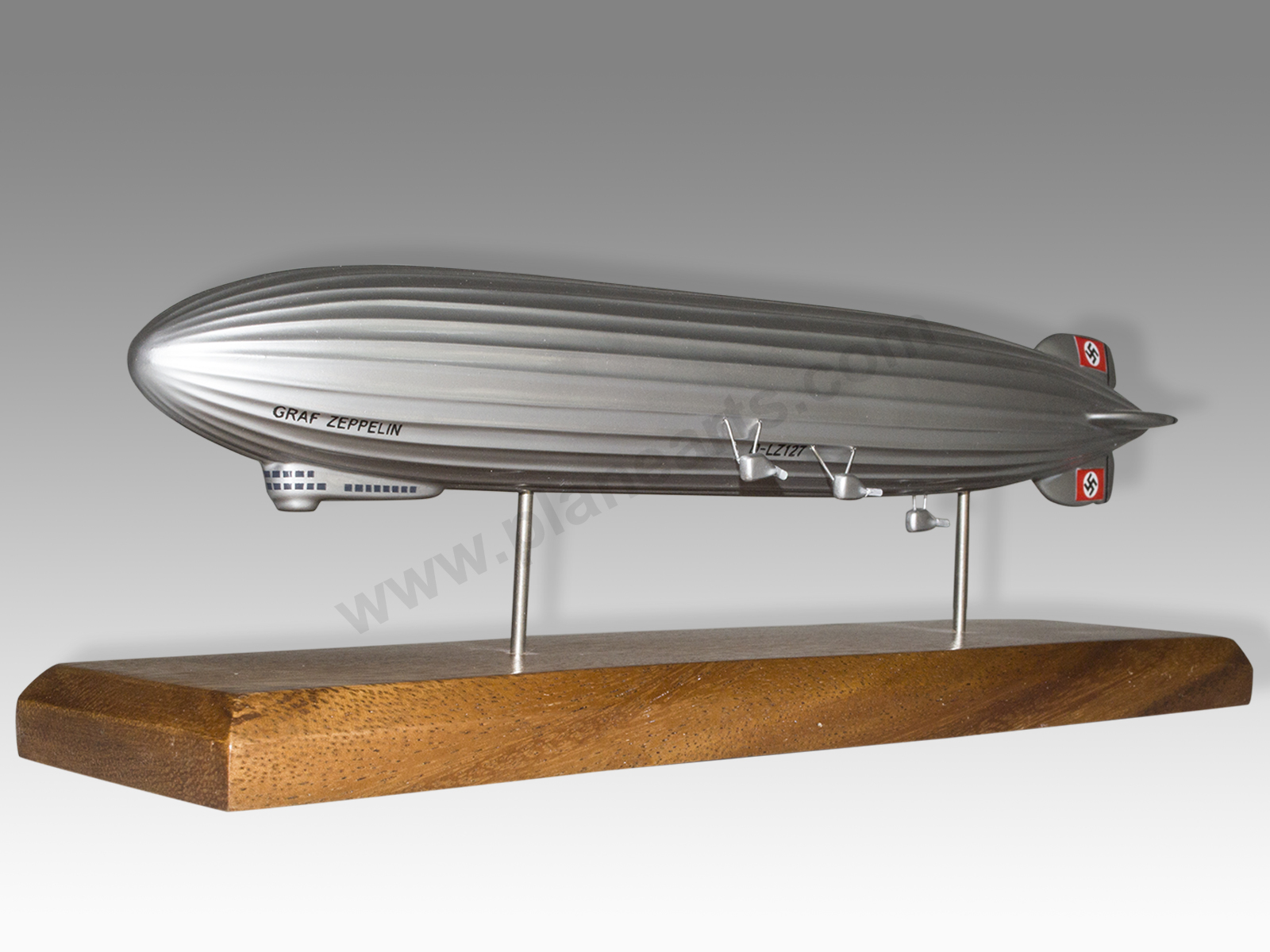
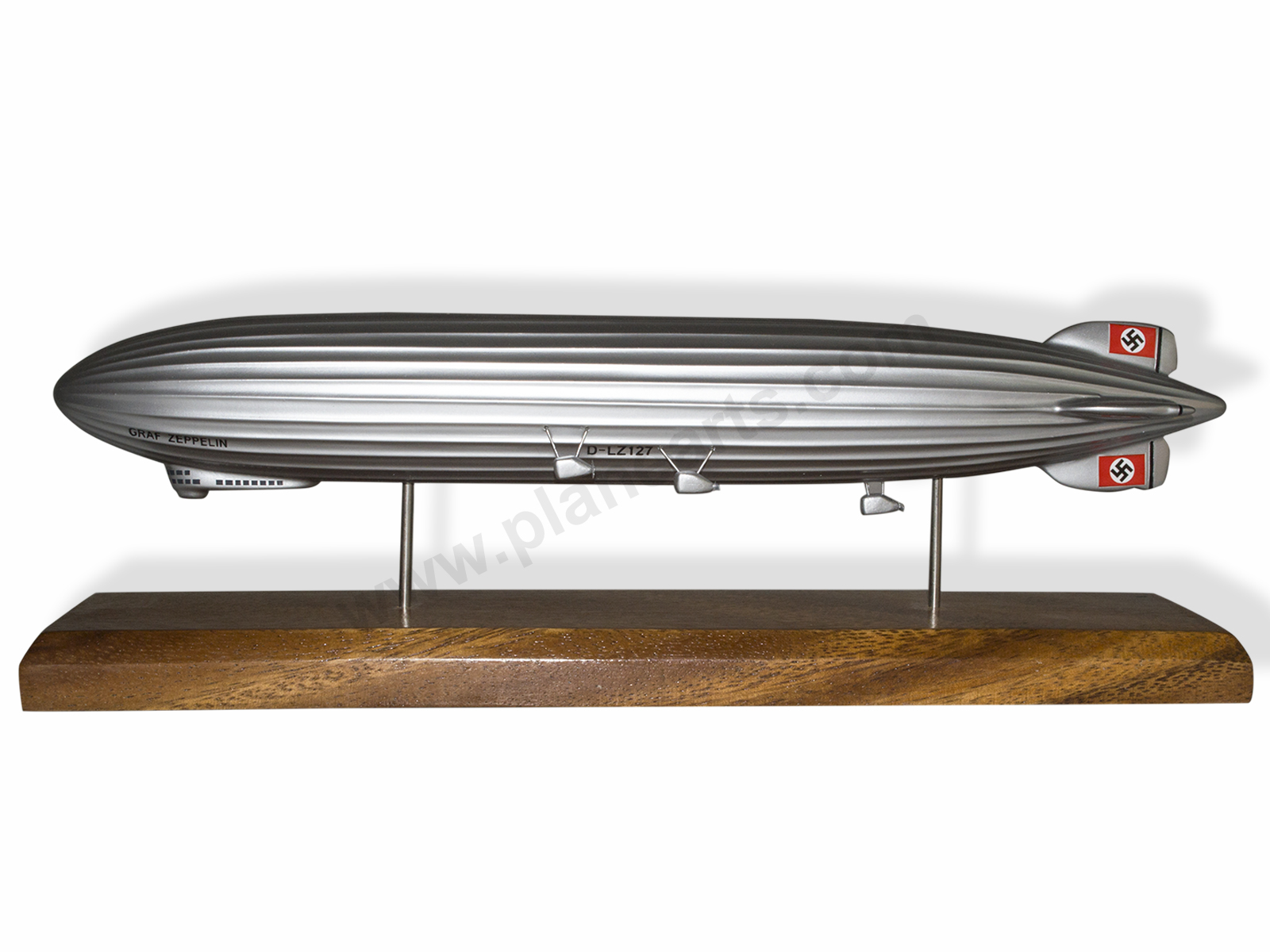
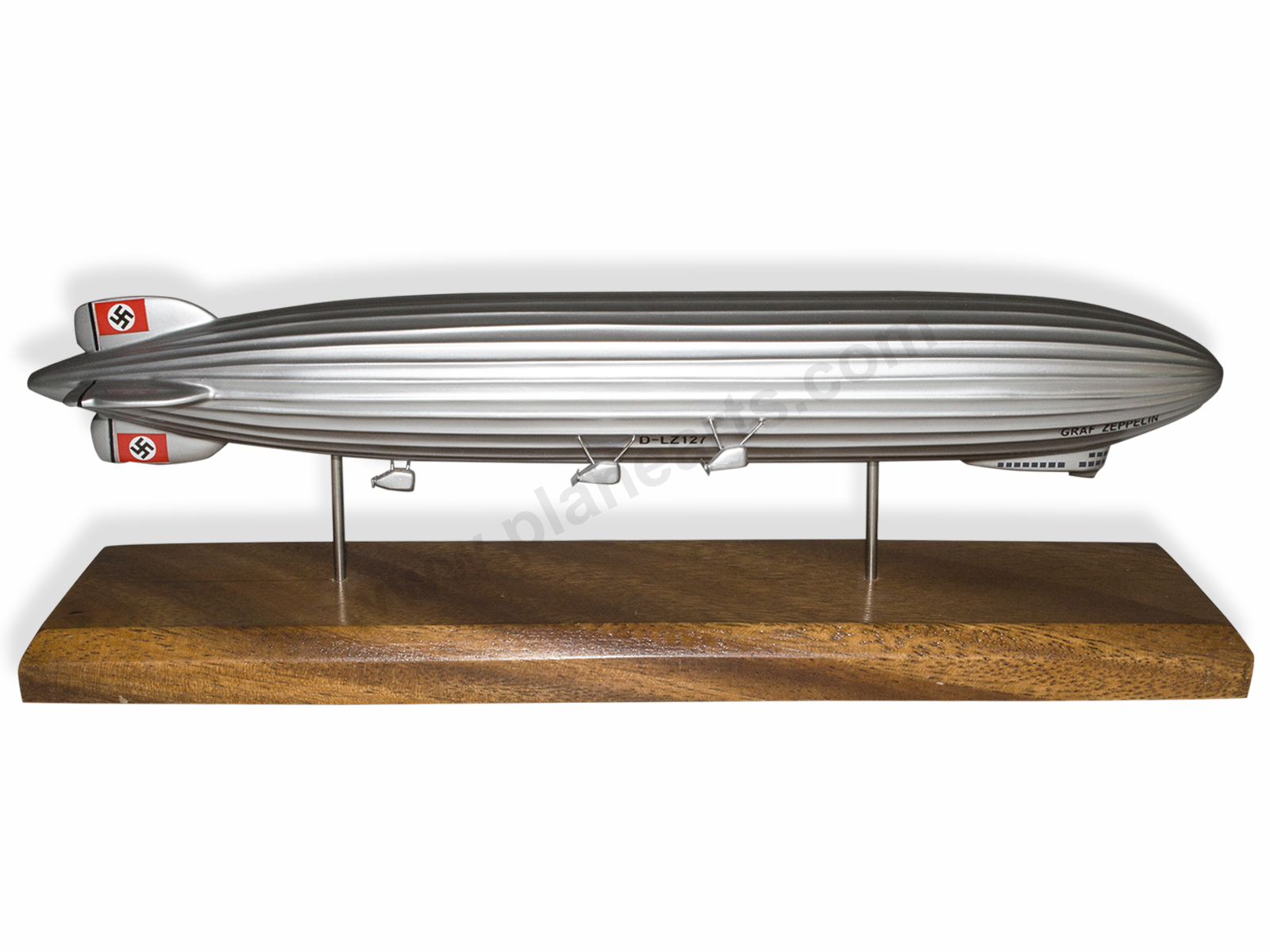

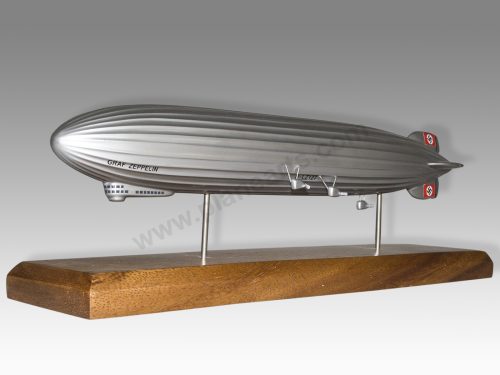
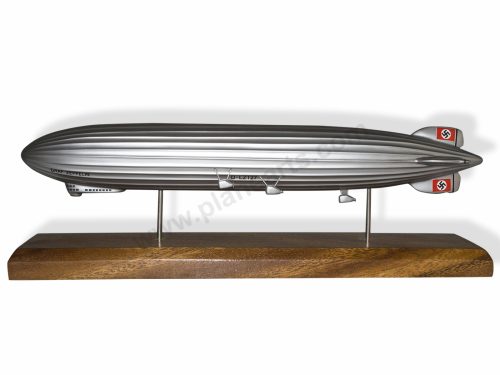
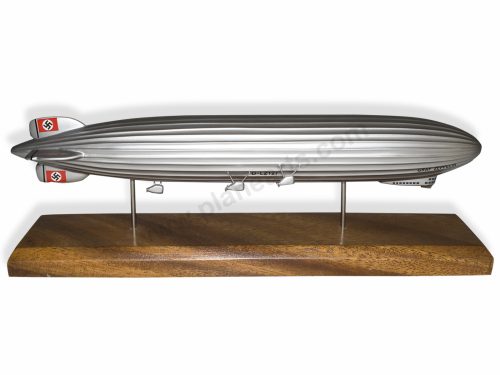
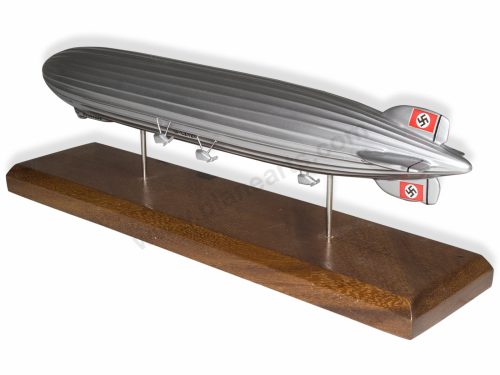
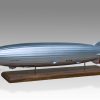
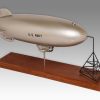
Reviews
There are no reviews yet.